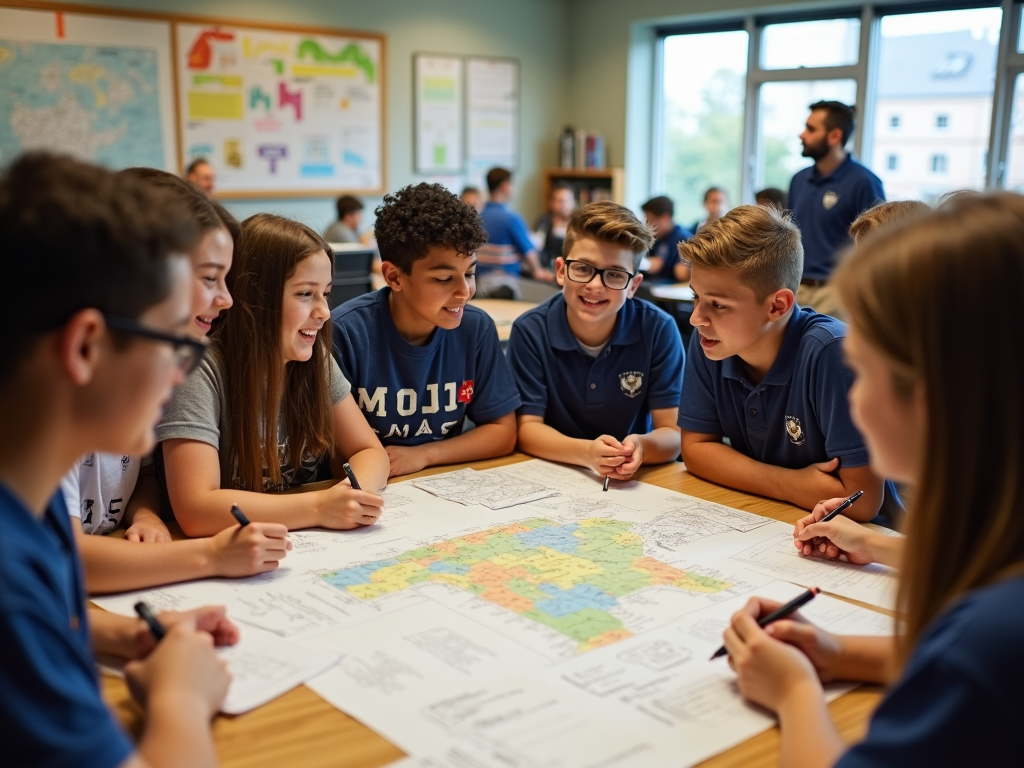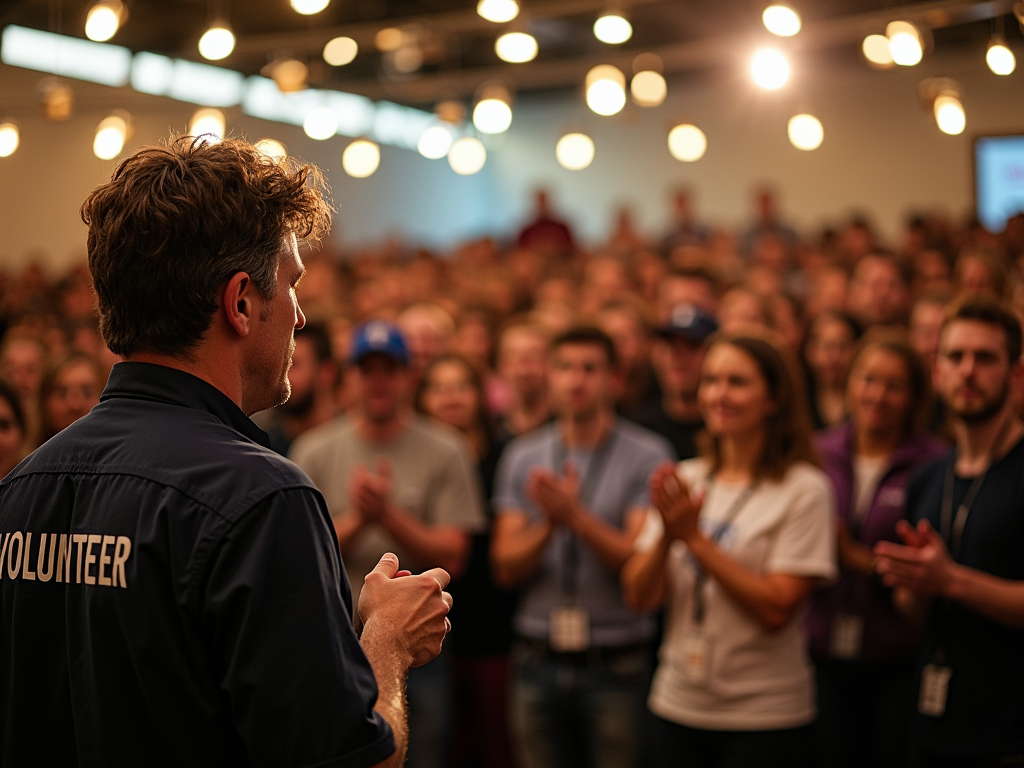How to Engage Volunteers for Your Next Community Event
By , May 22, 2025
Overview
Engaging volunteers is key to making any community event a success. This guide offers practical tips and real insights on how to attract, motivate, and keep volunteers while planning impactful community service and fundraising events. Let’s dive in and make your next event unforgettable!
Introduction to Engaging Volunteers
Volunteers are the heart of community events. They bring energy, skills, and a shared passion that turn ideas into action. So, how do you engage volunteers for your next community event? Start by understanding what drives them. Some want to help others, some want to learn, and others just want to connect. When you know their reasons, you can build a volunteer experience that’s rewarding for them and helpful for you.
Here’s how to get started: - Ask Questions: Talk to potential volunteers or send out a quick survey to learn what they care about. - Be Flexible: Offer different tasks and time slots so everyone can join in. - Build a Team Vibe: Plan a meet-up or create a group chat to help volunteers bond.
I once helped organize a local food drive, and we found that giving volunteers a say in their roles made them twice as excited to show up. It’s all about making them feel valued.

Tips for Successful Fundraising Events
Fundraising events are a fantastic way to raise money and get volunteers involved. But pulling one off takes planning and enthusiasm. Here are some tips for successful fundraising events that I’ve seen work wonders:
- Know Your Goal: Decide how much money you need or what you’re raising awareness for. Clear goals keep everyone focused.
- Match Skills to Jobs: Got a volunteer who’s great at talking? Put them on greeting duty. Good with numbers? Have them track donations.
- Spread the Word: Post on social media, hang flyers at the library, or get a shout-out in the local paper.
- Say Thanks: A simple thank-you note or a public cheer at the event goes a long way.
Last year, I saw a small gala raise $5,000 because volunteers felt like they owned the night. For more ideas, check out this guide from Nonprofit Quarterly. It’s packed with smart advice.

Organizing a Community Service Event
Putting together a community service event can change your neighborhood for the better—if you do it right. It’s not just about getting people to show up; it’s about making a real difference. Here’s how to nail organizing a community service event:
- Find the Need: Talk to local groups or leaders to figure out what your community really needs.
- Start Early: Get volunteers lined up weeks ahead so you’re not scrambling last minute.
- Prep Them Well: Hold a quick training session so everyone knows what to do.
- Check the Results: Ask for feedback afterward to see what worked and what didn’t.
I once helped plan a park cleanup, and starting recruitment a month early gave us a full crew. Want more details? The Corporation for National and Community Service has great resources.

Service Learning and Its Benefits
Service learning mixes helping out with learning something new. It’s a win-win: volunteers help the community and grow themselves. Here’s why it matters:
- New Skills: Volunteers can pick up things like organizing or teamwork that they’ll use later.
- Big Hearts: Working with people in need opens eyes and builds kindness.
- Looks Good: Adding service learning to a resume shows you’re a doer, not just a talker.
At a school event I joined, students built garden beds and learned about plants while helping families eat healthier. Curious? This Vanderbilt University guide explains it well.

The Role of Volunteers in Community Events
Volunteers don’t just help—they make community events happen. They’re the ones setting up tables, welcoming guests, and keeping the energy high. To keep them coming back:
- Give Props: Call out their hard work during the event or post a thank-you online.
- Grow Them: Let them take on bigger tasks if they want to step up.
- Stay in Touch: Send updates about how their work paid off—like how much was raised or who got helped.
I’ve seen volunteers stick around for years when they feel like part of the team. For more on keeping them happy, see this VolunteerHub article.

Summary
Engaging volunteers isn’t just about filling spots—it’s about building a group of people who care about your cause. Get to know them, give them good jobs, and show them they matter. With these steps, your community event can thrive, and your volunteers will feel proud to be part of it. Ready to get started?